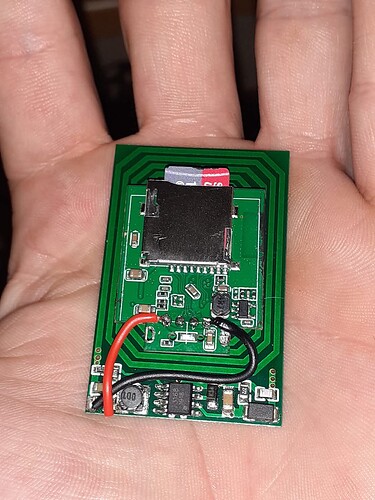In the hand/wrist is a bad idea because of needing two hands to extract. Also I might write off feet because it could impede free movement. You can also more easily lose a foot/arm/hand/ any extremity.
I was thinking the fatty tissue of the inner thigh. I’ve removed a cyst myself there once with a scalpel because I didn’t want to go to a doctor, and it wasn’t THAT painful. Made a damn mess for sure though…
Inner thigh/groin area would be more concealed, naturally as far as you can get from a metal detector, scar more easily explainable, and way less likely to be discovered or left behind in a (survivable) injury.
Maybe swap sides every 5 years, or just do it every 10 so each side gets 20 years storage. And hope SD cards last that long… Perhaps in 5 years there will be a smaller storage device that’s wirelessly readable, but then that may make it (more) wirelessly detectable…
What the data is, I’m not going to elaborate. But it’s between 10 and 500 encrypted GB that I want to be buried with.
There’s people embed ball bearings in their face because they like the look. I think a microSD with important data in the thigh is at least slightly less crazy, but I may be in the minority. I was envisioning there to be some sort of rubberish sterils resin that one could dip a microSD card in, and after a few coats it would be protected from damage. Then sterilize it in alcohol/peroxide before implantation.
I do already have cloud based solutions to preserve this data. and a couple physical ones, but if I had to evacuate during a war with nothing but my own body, I’d rather like to know it’s physically with me.
It’s hard to find a cloud storage solution that is guaranteed to stick around for decades without it being linked to a payment source. And if it was, then that could be used to find and destroy it without my knowledge.
Then again, perhaps decades, it asking too much of a microsd card. The way I’ve kept other data around on decades scale has been by keeping it moving from place to place every few years.

